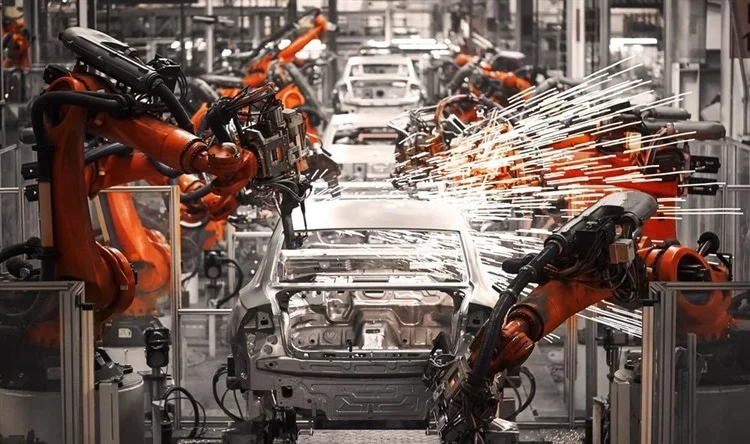The Importance of Lightweight Materials in Vehicles
The Importance of Lightweight Materials in Vehicles
Please can you introduce yourself and your professional background?
My name is Alan Banks. I am the UK Lightweight Innovations Manager at Ford Motor Company. I have been at Ford for approximately 39 years and I have a first-class BEng and an MSc. I also Chair the Board at Composites UK, Chair the Lightweighting Strategy Group for the UK Auto Council, and Chair the Vehicular Composites Leadership Forum.
How significant is the weight of a vehicle to fuel consumption, and how much can be saved by transitioning to more lightweight materials?
My work is based on our commercial vehicles, and whilst fuel economy is a critical to-buy enabler for our customers, we look at payload efficiency and total cost of ownership as the biggest metrics for our customer base. As we transition towards zero-emission vehicles, CO2 reduction is of critical importance.
In this arena where the vehicle doesn’t generate CO2 in its run time, we need to be aware of our embedded CO2 footprint. So having a clear plan for sustainability and understanding our responsibilities to our customers and the environment go hand in hand in my day-to-day life.
Alongside your role as Lightweight Structures Supervisor at Ford Motor Company, you are also team leader of the Composite Lightweight Automotive Suspension System (CLASS) and Composite Hybrid Automotive Suspension System Innovative Structures (CHASSIS) projects. What are these projects, and what do you hope to achieve with them?
These projects were predominantly research-based to determine how we can affordably deploy high-end lightweight materials at scale. The CLASS project enabled us to learn about mixed material designs and how these materials interact during manufacture and in service. This project led directly to the CHASSIS project. This reduced the weight of 3 major structural suspension members by over 46% (31.9kg) and only used a production process capable of mass production.
Could you describe some examples of lightweight advanced materials that could make a significant difference in optimizing vehicle performance, both now and in the future?
I think that the 'now' is more than adequately covered by the advances in aluminum processing and composite materials. However, we shouldn’t lose sight of steel. Steel is still going to be the material of choice for most OEMs due to its efficient cost/weight parameters. But steel is increasing in its research just as fast as the rest of the materials industry.
I talked about the right material in the right place and this is especially true of steel - advanced high-strength steel. I believe that it is entirely feasible to offer designs in lightweight steel with materials with a base strength of 1000MPA that are formable and weldable, reducing weight by as much as 25%. Plus, using a reduced gauge can mean cost neutrality. Lowering the weight, improving the performance, and reducing the cost without affecting recycling and sustainability aspects of the designs is a win-win-win-win. Plus we allow more payload to be carried by a single vehicle, reducing the burden on the world's natural resources. This is far and away my biggest focus and keeps me coming to work.




Comments
Post a Comment